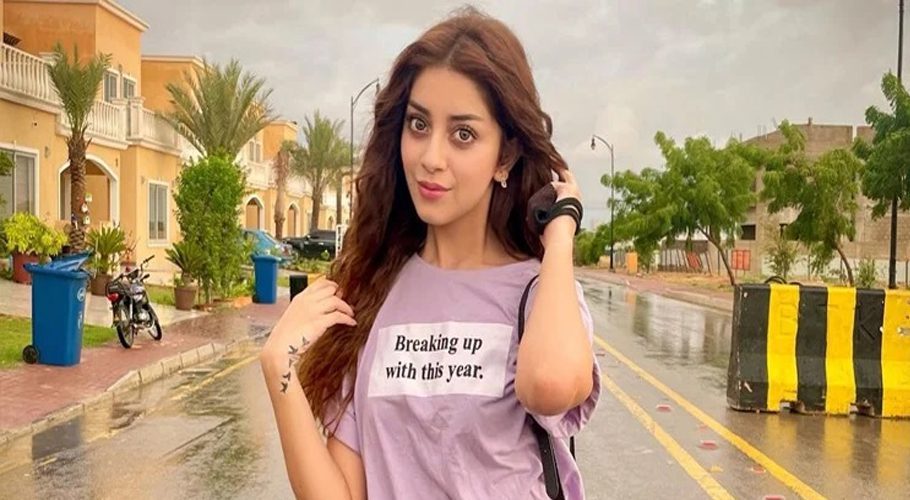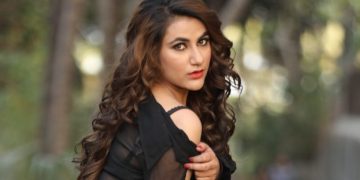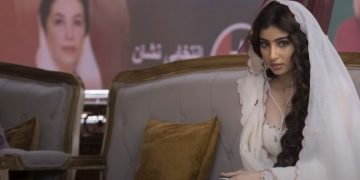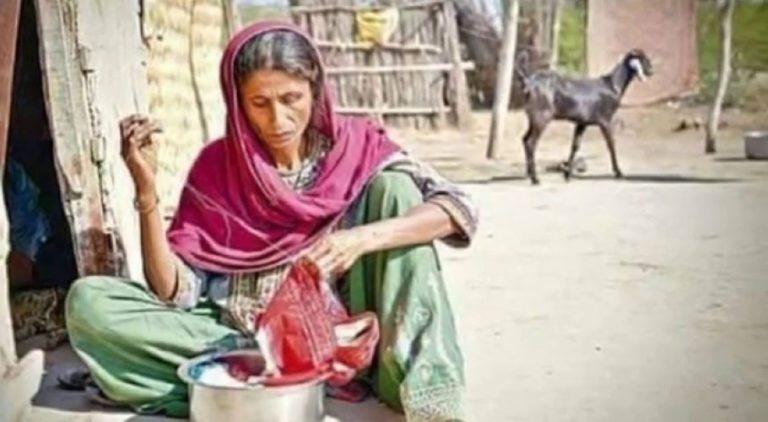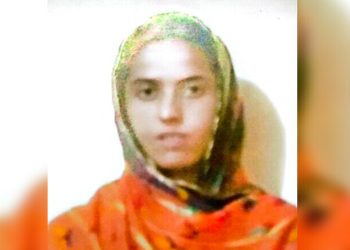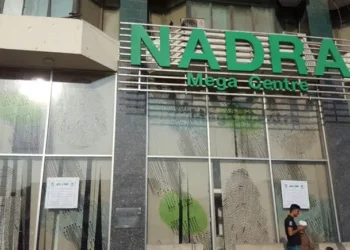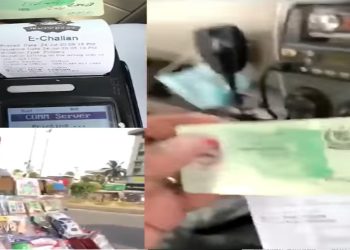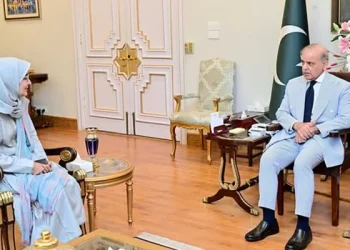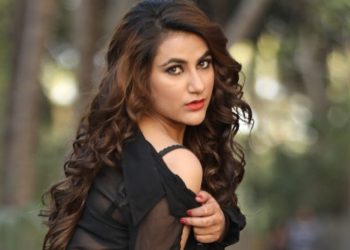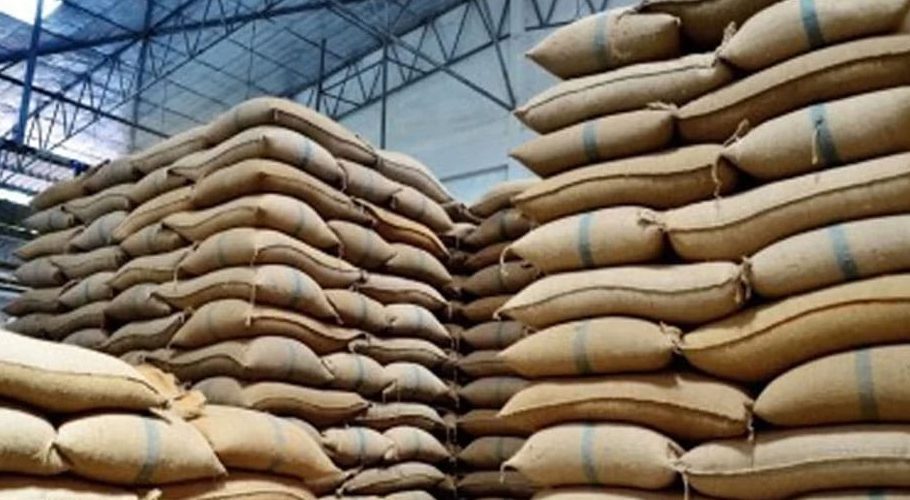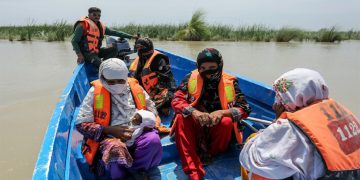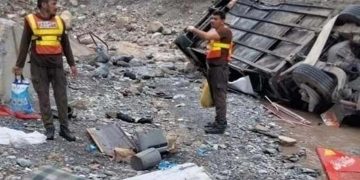Today is International Mother’s Language Day. My mother tongue is Siraiki, we Khakwani are ethnic Pathans. The Afghans came from Khogyani area of Nangarhar province and were called Khogani or Khogyani which later deteriorated to Khakwani. A significant number of Khakwanis came with Ahmad Shah Abdali. Abdali made them the rulers of Multan. Saduzai and for some time Khakwani also remained Nawab there. The last Nawab Muzaffar Khan Saduzai was martyred while fighting with the Sikhs.
In our homes, however, Siraiki has been used instead of Pashto. This has been the position for at least three or four generations. Not only Khakwani but also many tribes of Pathans live in Siraiki Wasib including Khakwani, Tareen, Saduzai, Alizai, Malizai, Bamozai, Barakzai, Ismailzai, Babar and so on. Most of them live in Multan, Lodhran District (Dunyapur, Kahror, Lodhran), Melsi, Bahawalpur Division, DG Khan, Bhakkar, Layyah and then DI Khan.
Ethnically, they are all Pathans, many of them have the same complexion, stature and specific anger, stubbornness, ego, etc., while some families have become brownish-black or black due to local marriages, etc. (This term was coined by a dear friend of ours in New Jersey, USA. One day, some naughty boys started saying that my color is brownish-black, even though it is black but emphasis should be given on brownish instead of black). Our mother was from Dera Ismail Khan. Khakwanis and Tarins have a lot in common and there is a lot of jokes about each other. Let us say that most Pashtun and Siraiki of Balochistan are different from each other, although their lineage is traced back a few generations.
From my mother, I heard the specific Siraiki accent of Dera and some specific words which we do not speak in Siraiki of Bahawalpur state. As Derawal uses the Siraiki word “watt” instead of the Urdu word “phir”. In the state of Bahawalpur, the word “watt” is used and it is used in many places. As I went there, there was no shortage (I went there, but it still did not work), so what happened when I was drinking the story? (What happened in the story you were telling?) And so on and so forth. We used to use the word Mithriyan, DI Khan went and found out that it is called Gambhiriyan. In the Siraiki language, milk is called Kheer, while in Urdu, Kheer is called Kherani in Siraiki. If people from Upper Punjab go to Siraiki Wasib, they do not understand this at first Actor Javed Kodo once said that a Bahawalpur stage drama was going on. Kodo laughed that Maj gives milk, if you make kheer yourself it will be made. Then someone explained that in Seraiki, milk is called kheer. Kheri used to call the milk supplier in the camp houses, we Bahawalpuri children would laugh when they heard this, in response, they would make fun of us.
Dera, Bhakkar’s Sieraiki accent is very funny, nowadays it is the age of social media, clips go viral, many comedy clips went viral in that accent. There is a natural charm in it, in which the slang is very sharp. In Siraiki, the word “phit jana” is used to refer to the spoilage of milk. The kheer is boiled, the children were told not to go out and explode, as if to say, “Come on, don’t go out and explode.” “Hearing this, a fake smile would come on our lips, which would be hidden in the etiquette of hospitality. In Seraiki, the word is not oye, but is preceded by the word oye, oye galh da sindar (o yaar baat to sun).
In the Siraiki dialects of Bahawalpur, Multan, the ant is called “Kewli”. Dera Val Kewli was called Pepili and insisted that it was the original, ethnic word. Obviously where we had to believe. If we found fault with Papill’s voice, he would burst out laughing. The donkey of Urdu and the Khoota of Punjabi was also called Khoota in Bahawalpuri Siraiki but the people of Dera Ismail Khan called it “Kharka”.
I don’t remember Dera, but DG Khan, especially the woman from Taunsa and Layyah, is called Trimat. I had not heard this in my whole life in Bahawalpur Multan. In our country, a woman is called run, wife is wife while husband is a typical Seraiki word. You may know that some Siraiki words are spoken with a specific sound like Dehi, Dada etc. In the same way, a Siraiki woman speaks in a loving way, saying, “My dear, my dear, you have to see its sweetness.”
I am saying Dera because I have spent a lot of time there at my uncle’s house and have heard these words from my cousins, their friends, housewives, otherwise, these words are possible in nearby areas like Tank, Bhakkar, Layyah, etc. It will be common I took advantage of the good word Kharka that when I scolded my children they didn’t really mind when I said that word, little Abdullah still thinks it is a loving nickname. Otherwise, nowadays they become quick-witted and their self-esteem starts getting in danger.
There are three or four well-known dialects of Siraiki, state (Bahawalpur division especially Bahawalpur, Rahim Yar Khan districts), Multani (Multan, Lodhran, Melsi, Vehari etc.), Dervi (Dera Ghazi Khan, Rajanpur, Taunsa etc.) while Jhangvi dialect. There are areas like Shorkot etc., but some of them prefer to be called Jhangochi instead of Seraiki and at least I respect their right.
In Siraiki fire is called “Baah” it is a multipurpose word that is used in many places. The soil of Chaudhry Shujaat will become “Baah Laa” in Siraiki. It can also be an expression of liberation from something, “Baah” la (throwing in the fire), will become a siraiki expression of burning in the heart, All you have to do is move on in life with simple expressions in one sentence.
Another commonly used word like this is “yes or no”. In Siraiki the heart says yes. Vandi Galh started talking to me (his words became attached to my heart), something happened to me (something is happening to my heart). The expression of severe hunger is interesting in Seraiki, the word yes is also used in it, the meda is fighting yes (meaning the intestines are reading Qul Ho Allah by hunger, the rats are running in the stomach, the heart is being drowned, etc., etc.).
Another interesting use is “Meeda Haan na Khaaa” (don’t lick my brain, don’t bother, etc.). This is a favorite phrase of a Siraiki mother. She told her children, “Meday Haan Ko Kujh Thenda Paya Hai” (Something happening to me) In Siraiki expression of severe hunger is also interesting “Meda Haan Larhda Wenday” (My stomach is empty and rats are running in it).
In Siraiki, curry is called “Borr”, while handi is also called “kuni” or if it is a saucepan, it is also called “kuna”, as in the case of Aj saag da kunha chadha pe (cooking a large saucepan of greens today), Chinuti famous salan kuna is probably made from here. The people of Dera Ismail Khan, however, used the word katwi instead of kuni. The ax is called kahara and the bicycle is called sekal, the morning is called suvil.
The word “bai” is used in Siraiki for more or second or more. A Gujarati doctor friend said that he was eating in the hostel mess of Nishtar Medical College Multan. According to the doctor, the thing in his area is called stale thing. The poor waiter repeated that he hated bread. The doctor was furious as to why this unfortunate person wanted to feed me stale bread. The local doctor at the next table intervened and explained that the waiter would only bring fresh bread, but in Seraiki more are called bai.
The grammar of the Siraiki language and perhaps the roots are similar to Sindhi. Sindhi and Siraiki have many words and expressions in common, especially in Rahim Yar Khan and other districts adjoining Sindh. Sindhi nationalists and Siraiki nationalists are very close to each other, both have grievances with the Punjabi elite. The grammar of Punjabi and Siraiki languages is different, but many words are common to both or meet with slight differences. The reason is natural that the two nations live together, have a lot of comings and goings and have relations in many places.
Due to the recklessness and narrow-mindedness of our Punjabi chauvinists, instead of creating closeness in the Siraiki Punjabi languages, tensions and distance increased. If the Punjabi chauvinists had recognized the language of millions of people as a separate language, it probably would not have happened. They did not benefit from the handful of people doing so, because the state has officially recognized Siraiki as a separate language, so Siraiki is kept separate from Punjabi in the census form. Due to this attitude, however, the possibility of increasing closeness between Seraiki and Punjabi languages decreased. A big reason is also political. Takht-e-Lahore refers to the political and military elite of Punjab.
Mother Tongue Language Day teaches us to love our mother tongue, but do not consider the mother tongues of others as disrespectful and less important and do not seek to snatch their identity. Everyone has the right to self-determination. Despite being a Pathan, I like to call myself Seraiki, this is my choice. If no one else wants it, there is no one to be angry with. This is the purpose of the Day.

